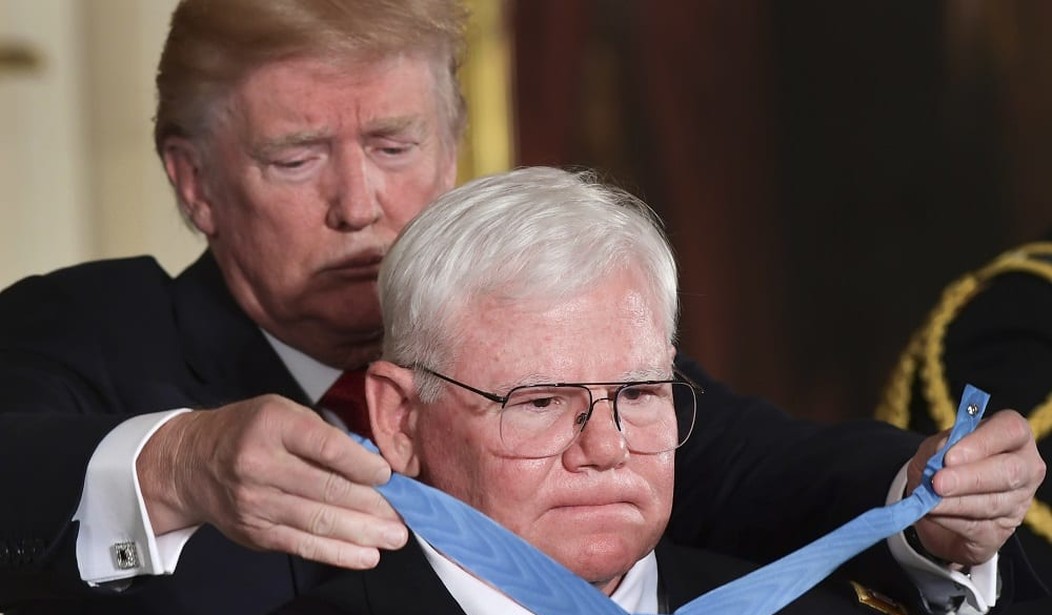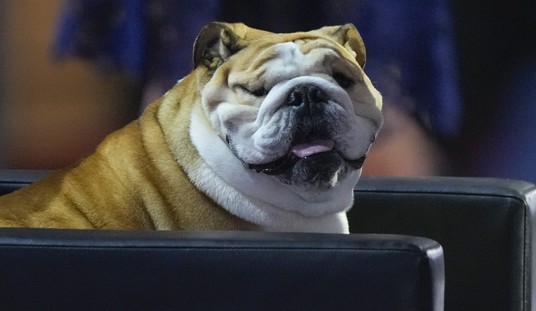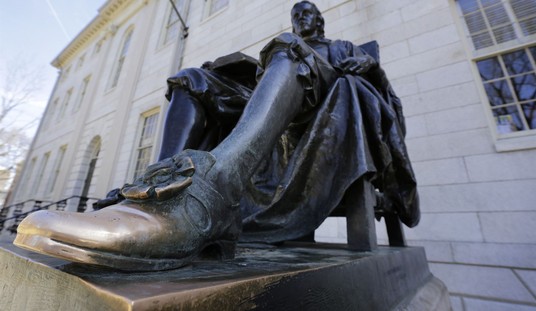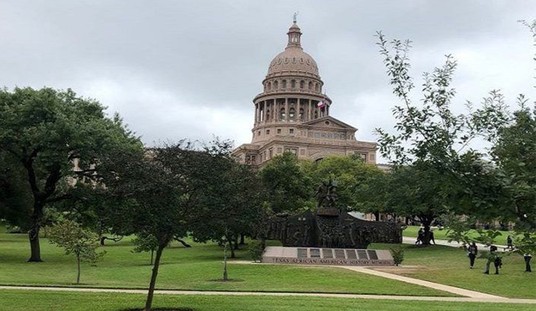Yesterday, President Trump awarded the Medal of Honor to 70-year-old retired Captain Gary Rose for his actions as 23-year-old Special Forces medic. The story has just about everything you need for great story or a movie. Bravery in combat. Loyalty to the men with whom you served over a horizon of decades. Media malfeasance and slander. And the system being big enough to admit an error and right it.
Background
I’m an infantry guy. Period. Killing people and breaking things is what we do. There are lots of different kinds of us: mechanized, light, airborne, airmobile, Ranger–but in the final analysis we are carnivores, predators. I don’t step aside for anyone in any other branch, except one. The Special Forces team medic. It is the expertise of that medic that allows Special Forces to even contemplate working behind enemy lines or with indigenous forces. Unlike your line platoon medics, they do a lot more than hand out band-aids and cold-packs. They are badass in their own right. The first video is an old-school video on medical training, the second is from “goat school.” View the second with caution, it is safe for work but not for the squeamish.
Gary Rose, then 20-years-old was watching everyone he knew get drafted and decided that if he had to be drafted he would do so on his own terms:
“I was in the North Hollywood draft board region,” he said. ”I knew that they were drafting into the Marine Corps and the Navy, and those were not my two choices.”
His father had been drafted into the Marines during World War II, he said, and ”he suggested that you don’t want to be a draftee in the Marine Corps.”
Rather than roll the dice, Rose decided to volunteer for the Army and head off to Fort Ord, California, to learn how to be a grunt. Thanks to high aptitude test scores, jump school and Special Forces training followed, and by October 1968, he was a Special Forces medic. (As an aside, a good college friend of mine suffered a similar fate when, to avoid being drafted and sent to Vietnam he decided to enlist in the Navy and elected to be trained as a corpsman (that would be CORPSE-man, if Obama is reading this) because what could be safer than being a medical guy in a service that wasn’t in close combat–not knowing the USMC doesn’t have medics.)
He re-enlisted for the chance to pick where he wanted to go, settling on supporting the 46th Special Forces Company in Thailand, where they were training local soldiers and border police.
“I thought, ‘Thailand, that sounds like a pretty good, exotic place to go.’ Which, in my mind now, as I look back, was really good experience,” he said. “It made me better prepared for when I went to Vietnam.”
After a year, he called up his assignment coordinator — a woman known as Mrs. Alexander — and told her he was ready for Vietnam. She placed him with the Military Assistance Command, Vietnam – Studies and Observations Group, 5th Special Forces Group, based in Kontum.
5th SF Group. Vietnam. Studies and Observations Group. What the f*** could ever go wrong?
Unknown to most Americans, the Vietnam War was not limited to South Vietnam and the US punitive expedition into Cambodia. US Special Forces, under the harmless guise as the Studies and Observations Group (SOG) ran missions into Cambodia, Laos, and North Vietnam. The missions were adrenaline-fueled nightmares of evading massive searches by North Vietnamese regulars and abducting senior NVA and party officials and extracting them for interrogation using the Fulton surface-to-air recovery system (STARS)
One talking head you saw frequently during the Iraq War though less so these days, a retired colonel who I know from my Pentagon days, led an SF team into a North Vietnamese division headquarters deep in Cambodia during a violent thunderstorm. They would time their entry into shelters to coincide with thunderclaps (think about it…lightning then thunder, right?) so their weapons would not be heard. After killing off the entire senior staff of the division they faded away leaving the NVA to puzzle this out the next day.
The Mission
In November 1970, the SOG decided to run a diversionary attack to benefit an offensive by the Royal Lao Army by drawing off North Vietnamese forces. It was called Operation TAILWIND. The attacking force was composed of sixteen SOG troopers and about 110 Montagnards from an SF trained organization called Hatchet Force. (The Iraqi Kurds would have done well to have studied the fate of the Montagnards before allying themselves to the United States, but that is a story for a different day.) Of course such a force needed a medic and Gary Rose just got lucky. On 11 November they were inserted 75km behind enemy lines…
Once on the ground, they moved deep into enemy territory. The company soon made contact with an enemy squad, wounding two Americans and two Montagnards. One of the wounded was trapped outside the company defensive perimeter. Rose, engaging the enemy, rushed to get the wounded Soldier. Rose rendered expert medical treatment and stabilized the wounded Soldier, and carried the man through the heavy gunfire back to the company defensive area.
When the enemy withdrew, the company continued deeper into enemy territory. The company engaged more enemy forces, and took more casualties. Bravely and courageously, with no regard to his own safety, Rose moved through the enemy fire to render lifesaving medical treatment to the mounting numbers of wounded, personally engaging the enemy in order to get to the wounded men.
The fire becoming so intense, Rose had to crawl from position to position to treat the wounded. As he moved, Rose gave words of encouragement and directed the fires of the inexperienced and terrified Vietnamese and Montagnard troops. Over the next few days, the unit marched west and deeper into the Laos jungle, defending against continuous attacks from squad to company-sized enemy elements. Air Force gunships overhead provided close-air support to keep the enemy at bay.
Rose received the most severe of many wounds on the second day of the mission. Rose’s wounds did not slow his eagerness or determination to save the wounded Soldiers.
During an assault by a company-sized element of North Vietnamese Army, one of the Montagnards was wounded 40 to 50 meters outside the company area. Rose ran, crawled, and maneuvered his way to this wounded man, shielding the Soldier with his own body, as he rendered lifesaving medical treatment. Rose then dragged the wounded Soldier back to the company with one hand while holding back and engaging the enemy with his weapon in the other hand.
Rose was returning to the company area with the wounded Soldier when a rocket propelled grenade landed nearby, spraying Rose with shrapnel in his back, leg, and severely crippling his foot. Using a stick as a crutch, as he would for the remainder of the mission, Rose continued professionally treating the wounded while ignoring his own painful wounds.
It wasn’t just any wound to his foot: “I got a hole blown through my foot about the size of my thumb.”
The company had taken so many wounded that a medevac helicopter was called. The helicopter was unable to land in the small opening where the company sought cover, and Rose, standing and fully exposed to the withering enemy fire, attempted to pass the wounded up to the crew on the hovering helicopter. So intense was the enemy fire, the medevac pilot aborted the mission, and the severely damaged helicopter crashed a few miles away.
Using close air support, the company was able to break out of their defensive position. Rose improvised litters for the wounded, which now numbered over half the company. Despite his own painful and debilitating wounds, Rose never took time to eat, rest, or care for his own wounds while treating his fellow Soldiers.
On the last night of the mission, the company was surrounded in their position. Rose worked tirelessly to dig trenches for the wounded and treat their injuries. The NVA bombarded the company all night with rockets, grenades and mortars. All night, Rose exposed himself to the enemy fire, courageously moving from position to position, encouraging the Soldiers and treating the numerous wounded.
As an aside, there is a bit of Vietnam trivia in this story. Medevac pilots were some of the ballsiest guys anywhere. They took enormous risks to get wounded guys out. So much so that the Army became concerned about the loss of airframes and ballsy helicopter pilots and instituted the rule that a Medevac would not land on an PZ unless the guys on the ground could stand up. In theory this prevented helicopters from servicing hot PZs. In reality, ballsy guys on the ground stood up under intense fire to guide in the helicopters so both sides could pretend they were obeying the rules.
With the arrival of the extraction helicopters, Rose returned to the outer defensive perimeter to engage the enemy and repel the continued and determined enemy assault.
Rose boarded the final extraction helicopter while delivering accurate aimed fire on the enemy as he hobbled up to the loading ramp. Numerous NVA soldiers were now overrunning the vacated landing zone, an estimated 50 meters from the aircraft
Shortly after the helicopter lifted off, it was hit by enemy anti-aircraft rounds. At about 4,500 feet in the air, Rose heard the engine stop. Rose was alerted that a Marine door gunner on the extraction helicopter had been shot with an enemy round through his neck. Rose rushed to his aid, rendering lifesaving medical treatment that saved the Marine’s life before the helicopter crashed, several kilometers away from the initial extraction point.
Rose was thrown from the helicopter before the point of impact.
With the Soldiers on board wounded from the crash, the helicopter was smoking and leaking fuel. Still dazed and wounded from the crash, Rose crawled back into the downed helicopter to pull his wounded and unconscious teammates from the wreckage, knowing it could explode at any moment. Rose continued to professionally administer medical treatment to the injured personnel until another helicopter arrived on the scene to extract the men.
On return to base, Rose, covered in blood and wounds, refused all treatment until the other wounded men were attended to first.
As a note, the Marine door gunner who was shot in the throat just died about five years ago.
Rose was recommended for the Medal of Honor but he was awarded the nation’s second highest decoration, the Distinguished Service Cross, because no sane person was going to give him the Medal of Honor, in the political climate of 1970, for a bloody operation in a country where we really weren’t supposed to be doing this stuff. In 1973, all US operations, CIA and SOG, ended in Laos. In 1975, the communist Pathet Lao entered Vientiane and the war was over. Rose left Vietnam in 1971, went to Officer Candidate School, he was commissioned as a field artillery officer, and retired as a captain. Everything was in the memory hole…or so it seemed.
Enter Peter Arnett and Bananas
On June 7, 1998, CNN ran a much-hyped “investigation” on Operation TAILWIND. In the hands of CNN a dangerous, but legitimate, military mission became something sinister and criminal:
On 7 June 1998 a controversial version of the above events was broadcast during the premiere of the Cable News Network‘s NewsStand CNN & Time in a report entitled “Valley of Death”. The segment alleged that Operation Tailwind had been devised simply to eliminate a group of Americans who had defected to the enemy and were holed up in a Laotian village. The broadcast went on to claim that sarin had been used during the operation. According to “Valley of Death”, the agent had been sprayed from aircraft twice—once to prep the village and once during the extraction. It also claimed that over 100 men, women, and children had been killed during the attack on the village.
The broadcast (and the ensuing 15 June Time magazine article) seemed to have reliable credentials. Admiral Thomas Moorer, chairman of the Joint Chiefs of Staff at the time of Tailwind, appeared to state that nerve agents had been used, and not just during this operation. However, Admiral Moorer later told investigators he “never confirmed anything” to CNN regarding Operation Tailwind, that he had no knowledge of the use of Sarin or the targeting of defectors, and he felt that April Oliver had asked him “trick” questions.[7] Later in sworn deposition testimony, Admiral Moorer reviewed April Oliver’s notes of her interviews of him, including his responses to her questions, and he did not make any significant objections to their accuracy.[8] Former SOG Lieutenant Robert Van Buskirk (one of the three platoon leaders) and three of the participating SOG sergeants allegedly lent testimony to support the allegations as edited and presented in the televised and published investigative report.
Van Buskirk stated that the Hatchet Force was exposed on the landing zone (“LZ”) when the teargas agent was deployed to drive the enemy back. He also stated that he saw his men (who were not equipped with gas masks) convulsing when the wind blew the agent back upon the LZ.
The reports, which indicated that war crimes had been committed, caused the Pentagon to launch its own investigation. It concluded the claims made in the program were flawed.[9]
A mission to kill deserters? Sarin gas on civilians? I remember being dumbstruck when this aired that anyone could produce the piece with a straight face. And by saying the claims were flawed, they mean “lies and balderdash.”
Let’s take a moment here to remember CNN’s reporting history in light of their claims about their accuracy:
“Some people might try to tell you that it’s a banana.” #FactsFirst pic.twitter.com/LbmRKiGJe9
— CNN (@CNN) October 23, 2017
Aftermath
This shameful event, known as a day ending in “y” as far as CNN is concerned, brought together TAILWIND and SOG veterans to pushback on the libelous cretinism of CNN. A quarter century after the fact, these men were still in touch with each other.
The Defense Department pushed back on the claims and CNN retracted the story. But in the aftermath, soldiers who had been a part of the now-declassified mission began pushing for recognition of their brothers’ heroism.
In 2013, he said, Rose got a call from retired Col. Eugene McCarley, who’d been company commander back in 1971. He said a guy named Neil Thorne, who worked with veterans of the MACV-SOG, wanted to put in a packet to upgrade his DSC.
“He worked on it for over four years,” Rose said. “Every time he would call for information, I would give it to him.”
Last year, then-Defense Secretary Ash Carter approved the award, and Rep. Mo Brooks, R-Alabama, and then-Sen. Jeff Sessions, R-Alabama, wrote Rose’s name into the National Defense Authorization Act, waiving the requirement that the Medal of Honor be awarded within five years of the designated action.
It was the same piece of legislation that opened the door to the Medal of Honor for former Spc. Jim McCloughan, who received his award on July 31, more than 48 years after the fact.
Before his ceremony, Capt. Gary Rose’s grandchildren asked what the Medal of Honor was. Here's what @POTUS had to say. pic.twitter.com/QPKmhU6bI8
— GOP (@GOP) October 23, 2017
.@POTUS shares Capt. Gary Rose's (Ret.) heroism during Vietnam War. "Today we have…a nation who thank God that you lived." #MedalofHonor pic.twitter.com/ubNfUnEMph
— Fox News (@FoxNews) October 23, 2017
.@POTUS salutes retired Army Capt. Gary M. Rose before bestowing him with the Medal of Honor on October 23. https://t.co/vrQ5SXn9HV pic.twitter.com/ODvVhRcv9P
— Fox News (@FoxNews) October 24, 2017
And the next time you see someone bitching about “toxic masculinity,” well send them this story and tell them to STFU.













Join the conversation as a VIP Member